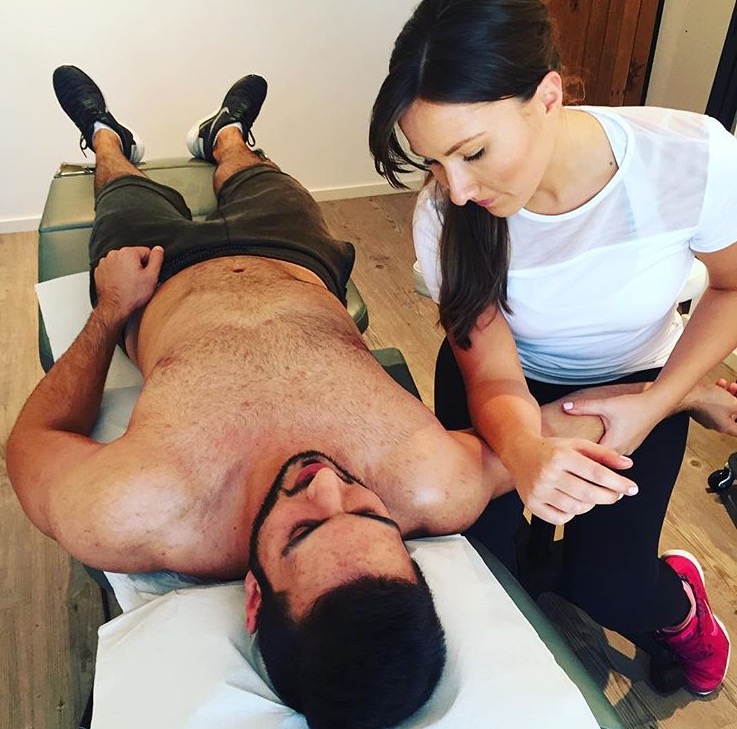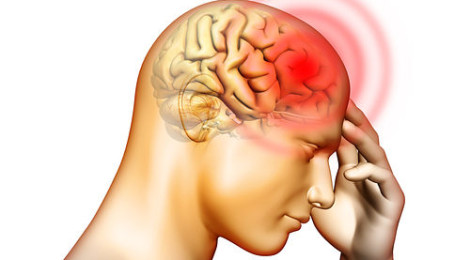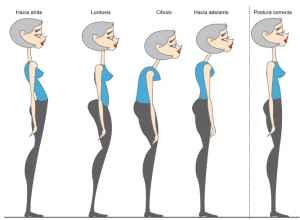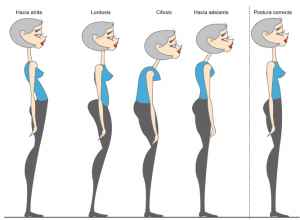
Can deep tissue massage help with poor posture?
March 8, 2016
Do You Suffer from Headaches?
March 14, 2016 Global Postural Reeducation or Reeducacion Postural Global (R.P.G) is a physiotherapy method created by the French physiotherapist Philippe Souchard in the 80’s. RPG is a gentle, progressive and active method, which can be applied to patients of any age, respecting each person’s capability.
Global Postural Reeducation or Reeducacion Postural Global (R.P.G) is a physiotherapy method created by the French physiotherapist Philippe Souchard in the 80’s. RPG is a gentle, progressive and active method, which can be applied to patients of any age, respecting each person’s capability.
Base of this method consist in:
- Individuality: Every patient is different. Any pathology demonstrates different in all of us, so it is necessary to study the person and not only to act with standardized protocols on the pathology.
- Causality: After an exhaustive study of the posture develop by the patient, succeeds to go up to the cause of the pain, eliminating all the compensations. Only focusing of the cause of the pathology we are able to eliminate the symptom.
- Globality: With the RPG, we treat the body as a whole in a global way, eliminating of the compensations that are necessarily put in action due to the principal problem.
At least two typologies of muscular tissue exists: The STATIC (TONIC musculature) and the DYNAMIC (PHASIC musculature).
The static musculature (tonic):
- It has an antigravity role (and a suspensory role of the shoulders)
- It is in tonic activity nearly permanently
- This kind of musculature has the tendency to shorten and it produces micro and macro structural alterations, postural and biomechanics.
The dynamic musculature (phasic):
- It doesn’t have an anti-gravity role, in fact, it doesn’t have a constant tonic activity
- It is fundamental to shift body position and moving in the space
- They are muscles that, if not practiced, have the tendency to the hypotonicity (see abdominal muscles)
The static musculature, in continuous contraction, will have the tendency to shortening and to become more fibrous and rigid: we must lengthen, and in the specific, the only rational way to do it is in posture of active stretching.
The dynamic musculature tends to the hypotonicity, concept tie to weakness that all know. For example abdominals musculature, if not practiced, tend to lose their tone very fast; to the contrary the back muscles of the neck, even without specific exercises will always be rigid, tonic and stiff.
Dynamic musculature has to work in concentric contraction.
During the first appointment, the patient will go through an evaluation of all the symptoms, the muscular retraction and posture evaluation. Physiotherapy, during the treatment, tries to reposition the body with a gradual tension application on the chain of muscles in combination with the proper breathing.
The GPR involves a series of active gentle movements and postures aimed at realigning joints, stretching shortened muscles and enhancing the contraction of antagonist muscles, thus avoiding postural asymmetry. These therapeutic postures imply an active involvement of the patient. The GPR method includes eight therapeutic postures, lying, sitting or standing, to be held for 15/20 minutes each. Postures can be variously combined during sessions. Postures are chosen on the basis of some parameters, such as amount of pain, load capacity and age of the patient, and muscle chains to be stretched.
These postures are applied slowly, delicately and progressively while always insisting on exhaling. It helps to regain strength, length and flexibility to the muscles responsible for the problem. RPG prevents long term articular deterioration by helping healing and eliminating pain and its symptoms in its entirety.
The indications for the RPG are:
- RPG increased flexibility
- Shortened muscles, blocked joints
- Spinal misalignment such as scoliosis and hiperlordosis or hollow back
- Lumbago, cervicalgia or neck pain, sciatica, hernia, disc protrusions.
- Sport Injuries as muscle strains, ankle sprains, shoulder impingement, knee pathologies.
Pablo




